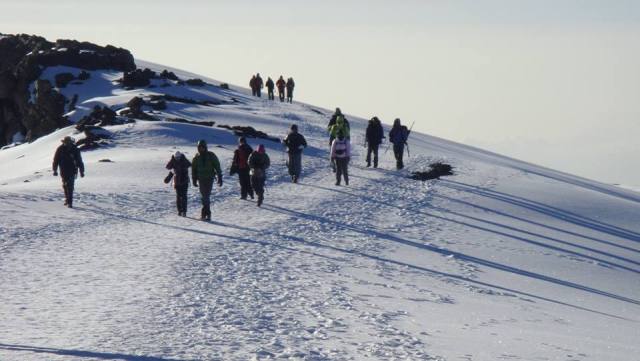Prepare for Altitude sickness on mount Kilimanjaro climbing and trekking will power your summit success because you will get prepared physically and mentally which will increase your desire to make it to the summit. Training before you arrive for Kilimanjaro trekking is advised and should be practiced for two months before you travel and not advised to train within the last 14 days to your trekking day.
How Can I Prepare for High Altitude?. Prepare for Altitude.
Getting your body in great shape through physical training certainly helps prepare you for altitude. However, the ability to adjust quickly to the changing oxygen content is largely genetic. As the Kilimanjaro climbing success rates show, some people can climb Kilimanjaro in as little as 5, while some still fail with 8 days. It is impossible to tell how well a prospective climber may fare in oxygen deprived atmosphere until he or she is actually in it.
Below are the overall statistics of successful summits as reported by Kilimanjaro National Park:
All climbers, all routes 45%. Prepare for Altitude. Prepare for Altitude.
All climbers, all 5 day routes 27%.
All climbers, all 6 day routes 44%.
All climbers, all 7 days routes 64%.
All climbers, all 8 day routes 85%. Prepare for Altitude. Prepare for Altitude.
All climbers, all 9 day routes (no data). Prepare for Altitude. Prepare for Altitude.
High altitude training systems enable climbers to pre-acclimatize at home, significantly improving the success rate, safety and enjoyment of the climb. Altitude training systems simulate high altitudes to induce beneficial biological adaptations in the body. Besides going to and staying in high altitude places, using a high altitude training system is only way to pre-acclimatize to high altitude before your trip.
It is imperative that during Kilimanjaro training, you wear the boots that you intend to climb with so that they are sufficiently broken-in (to prevent blisters). Additionally, you should wear the day pack you intend to carry so your shoulders/back/hips get used to the points of contact and weight (to minimize roughness and discomfort).
